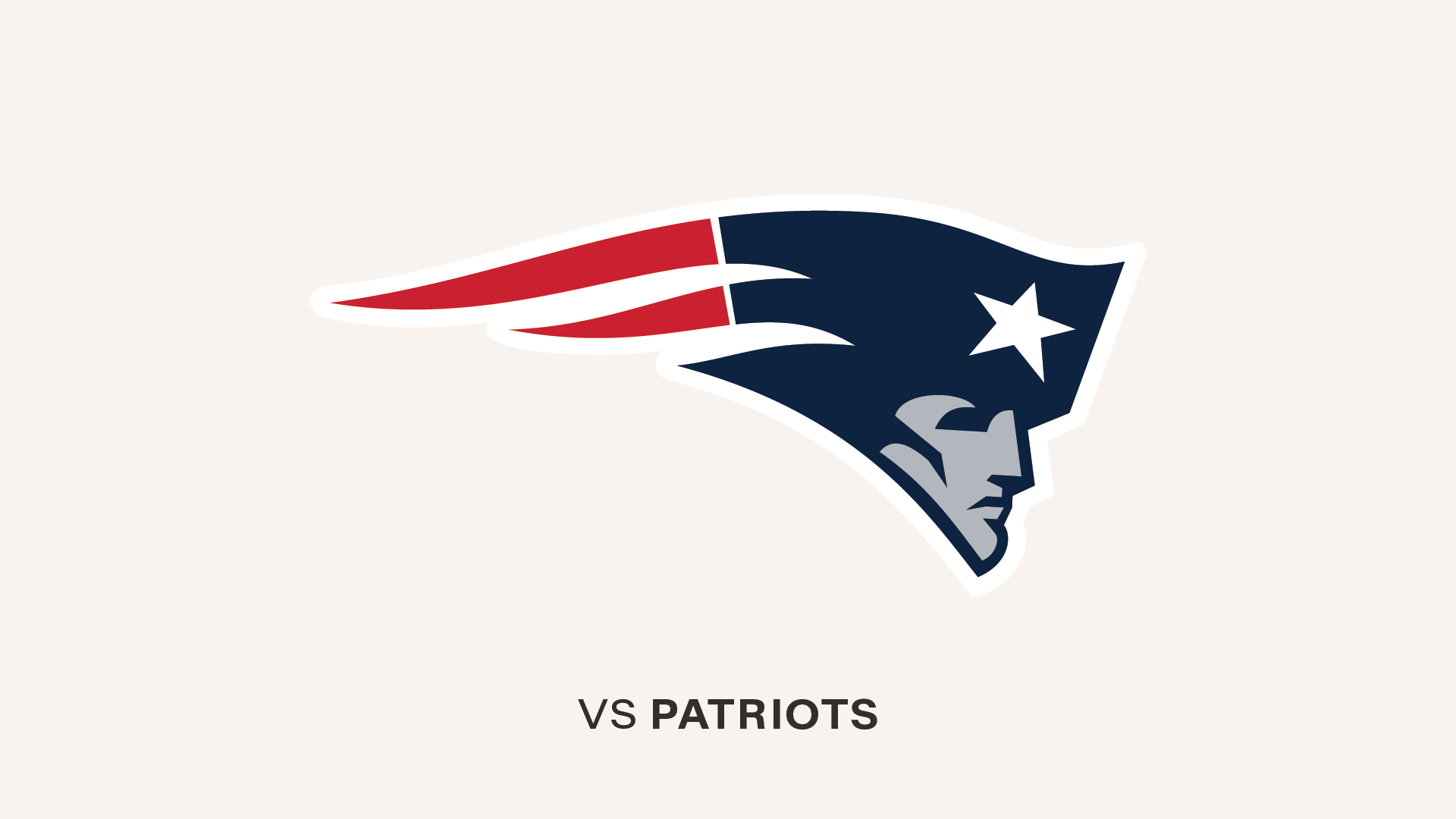The Tampa Bay Buccaneers made real progress in 2016, most notably in the bottom line of wins and losses. In addition to improving their win total from six to nine, the Buccaneers also advanced to the cusp of the playoffs, only missing out on a postseason berth due to a third-level tiebreaker.
That the team clearly ascended this past season without quite achieving its ultimate goals suggests that there were some areas of improvement that were greater than others. We've spent the past two weeks on a series of "progress reports" meant to identify some areas that needed improvement in 2016, assess how much growth there was and try to determine the reasons for success or failure.
Today's issue: Ball Control.
Photos of Buccaneers Pro Bowlers through the years.

Jameis Winston, QB- 1 Time Pro Bowler in 2015

Clifton Smith, RB- 1 Time Pro Bowler in 2008

Dave Lewis, LB- 1 Time Pro Bowler in 1980

Dave Moore, TE- 1 Time Pro Bowler in 2006

Davin Joseph, G- 2 Time Pro Bowler in 2008, 2011

Dave Pear, NT-DT- 1 Time Pro Bowler in 1978

Derrick Brooks, LB- 11 Time Pro Bowler in 1997, 1998, 1999, 2000, 2001, 2002, 2003, 2004, 2005, 2006, 2008

Donald Penn, T- 1 Time Pro Bowler in 2010

Donnie Abraham, DB- 1 Time Pro Bowler in 2000

Doug Martin, RB- 2 Time Pro Bowler in 2012, 2015

Gerald McCoy, DT- 5 Time Pro Bowler in 2012, 2013, 2014, 2015, 2016

Hardy Nickerson, LB- 5 Time Pro Bowler in 1993, 1996, 1997, 1998, 1999

Hugh Green, LB- 2 Time Pro Bowler in 1982, 1983

Brad Johnson, QB- 1 Time Pro Bowler in 2002

James Wilder, RB- 1 Time Pro Bowler in 1984

Jeff Garcia, QB- 1 Time Pro Bowler in 2007

Jeff Christy, C- 1 Time Pro Bowler in 2000

Jimmie Giles, TE- 4 Time Pro Bowler in 1980, 1981, 1982, 1985

John Lynch, DB- 5 Time Pro Bowler in 1997, 1999, 2000, 2001, 2002

Josh Bidwell, P- 1 Time Pro Bowler in 2005

Keenan McCardell, WR- 1 Time Pro Bowler in 2003

Keyshawn Johnson, WR- 1 Time Pro Bowler in 2001

Lavonte David, OLB- 1 Time Pro Bowler in 2015

Lee Roy Selmon, DE-DT- 6 Time Pro Bowler in 1979, 1980, 1981, 1982, 1983, 1984

Logan Mankins, G- 1 Time Pro Bowler in 2015

Mark Carrier, WR- 1 Time Pro Bowler in 1989

Martin Gramatica, K- 1 Time Pro Bowler in 2000

Mike Alstott, RB- 6 Time Pro Bowler in 1997, 1998, 1999, 2000, 2001, 2002

Mike Evans, WR- 1 Time Pro Bowler in 2016

Randall McDaniel, G- 1 Time Pro Bowler in 2000

Darrelle Revis, DB- 1 Time Pro Bowler in 2013

Ronde Barber, DB- 5 Time Pro Bowler in 2001, 2004, 2005, 2006, 2008

Shelton Quarles, LB- 1 Time Pro Bowler in 2002

Simeon Rice, DE- 2 Time Pro Bowler in 2002, 2003

Trent Dilfer, QB- 1 Time Pro Bowler in 1997

Vincent Jackson, WR- 1 Time Pro Bowler in 2012

Warren Sapp, DT- 7 Time Pro Bowler in 1997, 1998, 1999, 2000, 2001, 2002, 2003

Warrick Dunn, RB- 2 Time Pro Bowler in 1997, 2000

Wayne Haddix, DB- 1 Time Pro Bowler in 1990

Tony Mayberry, C- 3 Time Pro Bowler in 1997, 1998, 1999
Most of our Progress Reports have been two-part analyses looking at the strides made (or not made) on both offense and defense. This one, by its nature, is a single combined study – both the offense and defense obviously contribute to swaying the time-of-possession battle one way or another.
In 2015, the Buccaneers possessed the ball for an average of 28:33 per game, a problematic figure that ranked 26th in the NFL. In 2016, they were on the other half of that divide, with an average "TOP" of 30:32, 11th best in the NFL. This despite the fact that they played six games against other teams that ranked in the top eight in that same category.
We've previously covered a couple factors that helped the Bucs possess the ball more frequently in 2016. For one thing, they were perhaps the NFL's best third-down team, combining offense and defense. Tampa Bay's defense led the league in that category while the offense ranked sixth. In addition, Tampa Bay's defense took the ball away more often in 2016, which obviously turns the ball over to the offense and aids in time of possession. There's one small caveat to that last point, however: The Buccaneers happened to return four of their 29 takeaways for touchdowns. That was great news to the bottom line, but it hurts time of possession because it results in two consecutive possessions for the other team.
Here are a few other reasons the Buccaneers controlled the ball better in 2016:
Long Drives
The major improvement here – and you'll see this repeated throughout this analysis – was made by the defense. The results from Tampa Bay's offense in terms of extending drives was about the same in 2016 as it had been the year before.
So, the good news first. Tampa Bay's defense was badly susceptible to long drives in 2015, both in terms of total plays and time consumed. The Buccaneers gave up 32 drives of 10 or more plays, tied for 27th in the league, and 25 drives lasting five minutes or more, tied for 29th in the NFL. The Buccaneers were absolutely the worst team in the league in forcing three-and-outs; they did so just 16.7% of the time.
Most of those numbers improved significantly in 2016. The Bucs allowed 24 drives of 10 plays or more and 18 drives lasting five minutes or more; that was good for a tie for sixth place and a tie for 11th place, respectively, in the NFL rankings. Opposing teams simply could not keep their drives going nearly as long against Tampa Bay's defense in 2016.
It's fair to wonder, and perhaps some of you already have, if we're not just saying the same thing as above with a different set of numbers. If the defense becomes far better at getting off the field on third down, as it did this year, than it necessarily is going to give up fewer extended drives. However, not all long drives include a lot of third downs, or even one. It should be noted that the Buccaneers' numbers in terms of three-and-outs forced by the defense did not really improve that much in 2016. The Bucs weren't last again, but they were 25th, forcing such possessions just 18.5% of the time.
The offense could have helped swing the TOP tide by matching the extended-drive improvement of the defense, but instead they essentially matched their numbers from the previous year. The Bucs had 30 drives of 10 or more plays and 21 of five or more minutes in 2015, ranking seventh and 14th, respectively. This past season, they had 33 and 20 in those categories, ranking seventh and 11th. In fact, the offense actually fared a little worse in terms of three-and-outs, though that wasn't a problem either year. Tampa Bay was third in lowest three-and-out percentage in 2015 (14.8%) and eighth in 2016 (18.6%).
Penalties
We noted earlier in the week that the Buccaneers' penalty problems of 2015 were addressed pretty effectively in 2016, though again that was more the work of the defense than the offense. There's a sneaky little way in which this improvement also affected the overall time of possession.
In 2015, The Buccaneers' defense gave up 23 scoring drives that were, at some point, extended due to penalty. That is, there was a first down gained by the offense via the flag. That was the fourth-highest – that is the fourth-worst – figure in the entire NFL. One of the reasons the Buccaneers' defense had trouble getting off the field in 2015 was because it would create self-inflicted wounds at the worst time.
That happened less frequently in 2016; in fact, Tampa Bay was one of the better teams in the league in not hurting itself in this regard. Buccaneer opponents mounted just 15 scoring drives that included a first down-by-penalty, tied for the ninth-lowest in the league.
There was a slight improvement in this category on offense, too, though that has more to do with their opponents' miscues than their own discipline. The Buccaneers scored 19 times on drives extended by penalties in 2016, tied for 12th-most in the league. That was two more than the year before.
Play Selection
Here we'll state the obvious and note that a strong rushing attack helps with the time of possession numbers. A scoring drive (or at least an extended, clock-eating drive) is going to take more time if it's built on six-yard runs than 20-yard completions and clock-slowing incompletions. Dallas, for instance, ranked second in both rushing yards and time-of-possession, and five teams ranked in the top 10 in both categories.
In the Buccaneers' case, the time-of-possession battle was aided not by an effective running game (Tampa Bay ranked 24th in ground yards per game) but by a committed one. The 2015 squad had the league's fifth-best rushing attack and unsurprisingly ran the ball 44.7% of time, the league's ninth-highest figure. Even without the same results, the 2016 team ran 42.5% of the time, which also ranked ninth. The Bucs didn't improve in this category, but they also didn't crater; if they had, they would have negated the TOP gains in other areas.
Tampa Bay did face a lower percentage of carries in 2016, as opponents ran 42.2% of the time, putting the Bucs' defense 22nd in this category. Opponents ran 44.6% of the time in 2015, which was 27th. This is not to say that Tampa Bay's rushing defense was particularly strong this past fall. Rather, that mild improvement is more likely the result of the team simply being more competitive on a week-to-week basis. When opponents have a large lead in the second half they are far more likely to run the ball, pushing that play-selection number up and taking time of possession with it.


























